Consumer Math is not just about MATH!
7 comments
As a father and a home educator, one of my biggest regrets would be knowing that I 'taught' my kiddos curriculum and courses that did not add value to their lives.
I want my children to view education as beneficial and meaningful. I hope the time we spend teaching in our home will be the starting point of their educational journey, not a means to an end.
With that in mind, my wife, my oldest daughter, and I embark on a new journey this semester as we live out everyday, real-life examples of CONSUMER MATH.

Source - Image by Ana Bolena from Pixabay
What is consumer math, and why does it matter?
According to iPractiveMath Source
Consumer math is a branch of math that uses basic math skills in real life situations like shopping, calculating taxes, estimating monthly budget, calculating interest rate for a loan, etc. Teaching kids about spending, saving and other aspects of "money math" will prepare them to make better financial decisions.
With the above definition in mind, let me explain why I think consumer math is essential.
First is the emphasis on basic math skills. Math is a challenging and intimidating subject for a lot of people. One bad experience in a high school math class can cause someone to functionally reject math for the rest of their life. Instead of pushing people away from math, we must help our kiddos establish a strong foundation of basic math skills. When the basics are enough, then teach the basics. If your child wants to pursue a career or job that requires high-level math, that is awesome. Go for it! But remember, we all need the basics because math is everywhere, in all aspects of life.
Second is the emphasis on finding real-life applications where math is used. I have heard so many people talk about taking a class in high school but never using the information from that class in real life. I am one of those people. But I get excited when math and the real world collide. I want my kiddos to be excited as well. So, I need to help them find real-world situations where they can apply what they have learned. And real-life examples are everywhere!
Third is the emphasis on mastery to make wise financial decisions. I do not believe that we should approach math with a check-box mentality. A check-box mentality leads to people talking about taking a class in high school and never applying what was learned in the real world. We must approach math (especially consumer math) with a mastery mindset. That which is learned should be applied. What is applied should be used over and over. What is used over and over leads to mastery. And the result? Our students (aka our children) feel confident to make wise financial decisions because they understand foundational math skills that will transform their lives.
We are already finding real-life examples.
At first, I thought it might be challenging to find enough "lessons," but real-life math is everywhere, especially in our homes while with our families.
PRO TIP #1: Let your kiddos see behind the scenes. This may be challenging if you did not grow up in a family where financial literacy or transparency was common.
Once you find a new lesson, explain the basics, model the principles, and empower your child.
PRO TIP #2: Let your kiddos become doers, not just seers. Consumer math is not about checking off boxes. Mastery comes through doing and experiencing.
Rinse and repeat. Consumer math is not limited to a stage of life. It is not limited to a specific place or time. Financial literacy and independence are parts of a journey that we hope becomes a lifestyle.
The following are some lessons we are learning.
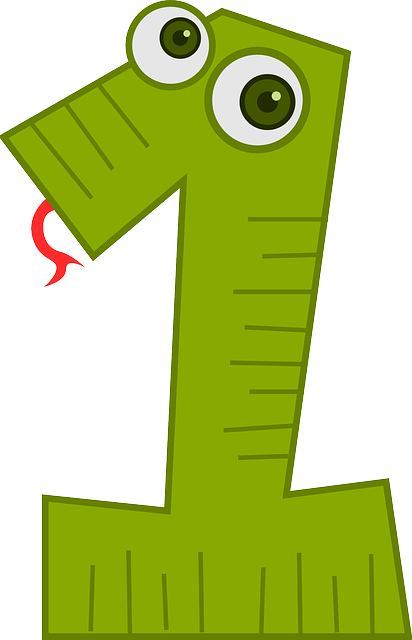 | HEALTH INSURANCE AND MEDICAL PAYMENTS I opted for a high deductible insurance plan through my work. As my daughter and I discussed this decision, I explained why I made this choice, how this decision helps us save money on monthly insurance costs, and how much money we need to contribute each money to cover deductible expenses. I taught my oldest how to cross-reference our health insurance statement and make a payment with the HSA card. |
|---|
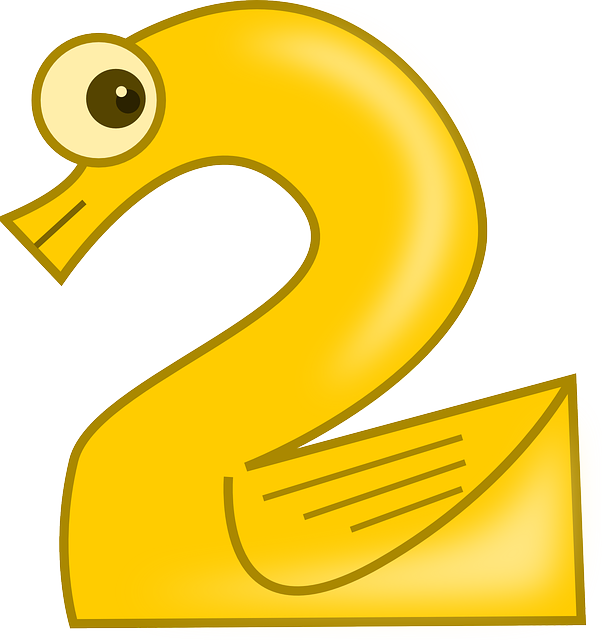 | HOW TO WRITE A CHECK Writing a check may seem like an old-fashioned financial tool, but I have found that it is still needed in many situations. Although my oldest is not able to sign the check, we have started asking her to fill in all of the required information when we need to pay a bill. In addition, we are discussing the principles that guide tracking financial transactions that come in and out of our checking account. Knowing how much money we have in an account allows us to prioritize needs and future expenses. Next step: Setting up a checking account for my kiddo. |
|---|
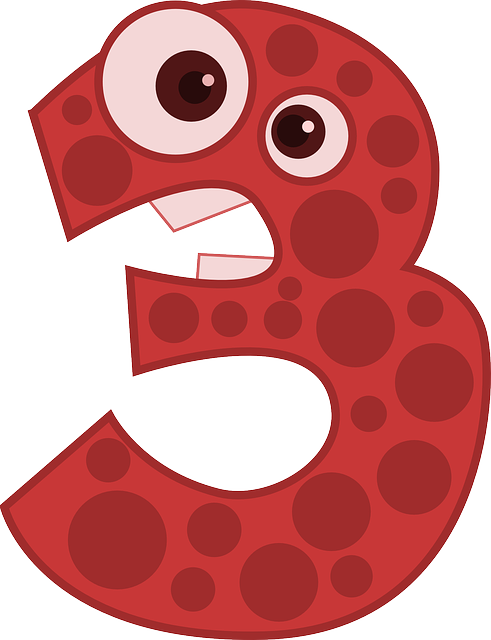 | PRICE COMPARISONS Price comparison is not just about the overall price spent on a item. For a while, we have been working on price per unit (for example, price per ounce) with all of our kiddos. Another important concept of price comparison is understanding the overall value versus the price. Important Questions to Ask - Does an extra feature justify a higher cost? - Is it okay to pay more for a product that will last longer? - Do I have enough money for a higher-priced product? |
|---|
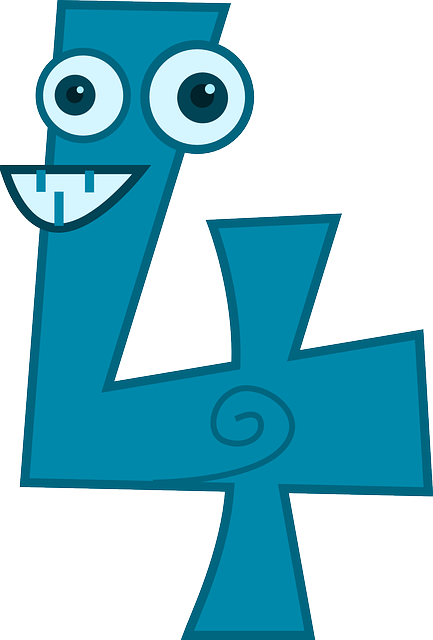 | DISPUTING CHARGES Everyone makes mistakes, including business and organizations that offers services and sell products. It is important to review receipts and statements to ensure we have been charged the correct amount based on what we receive. We have the right to receive a refund when we have been overcharged. Disputing charges requires a strong understanding of the math and a growing sense of confidence. Consumer math often teaches more than just math! |
|---|
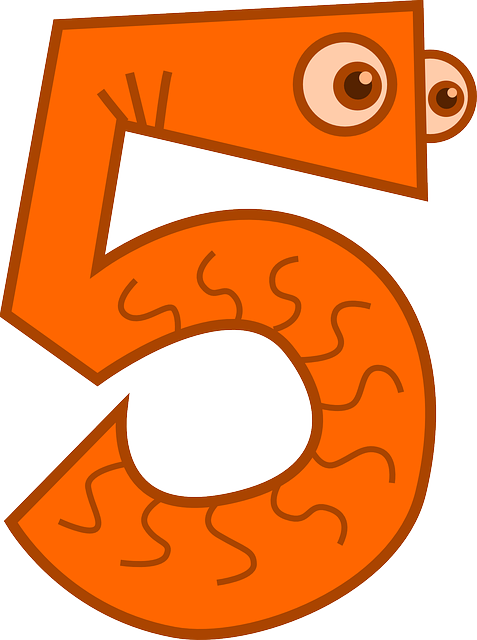 | AUTO INSURANCE Making a auto insurance payment every six months has its pros and cons. We avoid multiple transaction fees, but we must budget correctly in order to have enough money to pay for such a large expense. Budgeting must consider regular and irregular expenses. It must consider daily, weekly, monthly, and even yearly expenses. Helping a child see how things work when they are not personally responsible helps them execute their budget better when they are personally responsible. |
|---|
Let's Continue the Conversation
- How comfortable are you with letting your kiddos see your bank statements, bills, and other financial transactions?
- What types of consumer math topics do you recommend home educators teach to their kiddos/students?
- If you have a creative way to teach a financial principle, please provide more details in the comments section.
Thanks for stopping by!

Comments